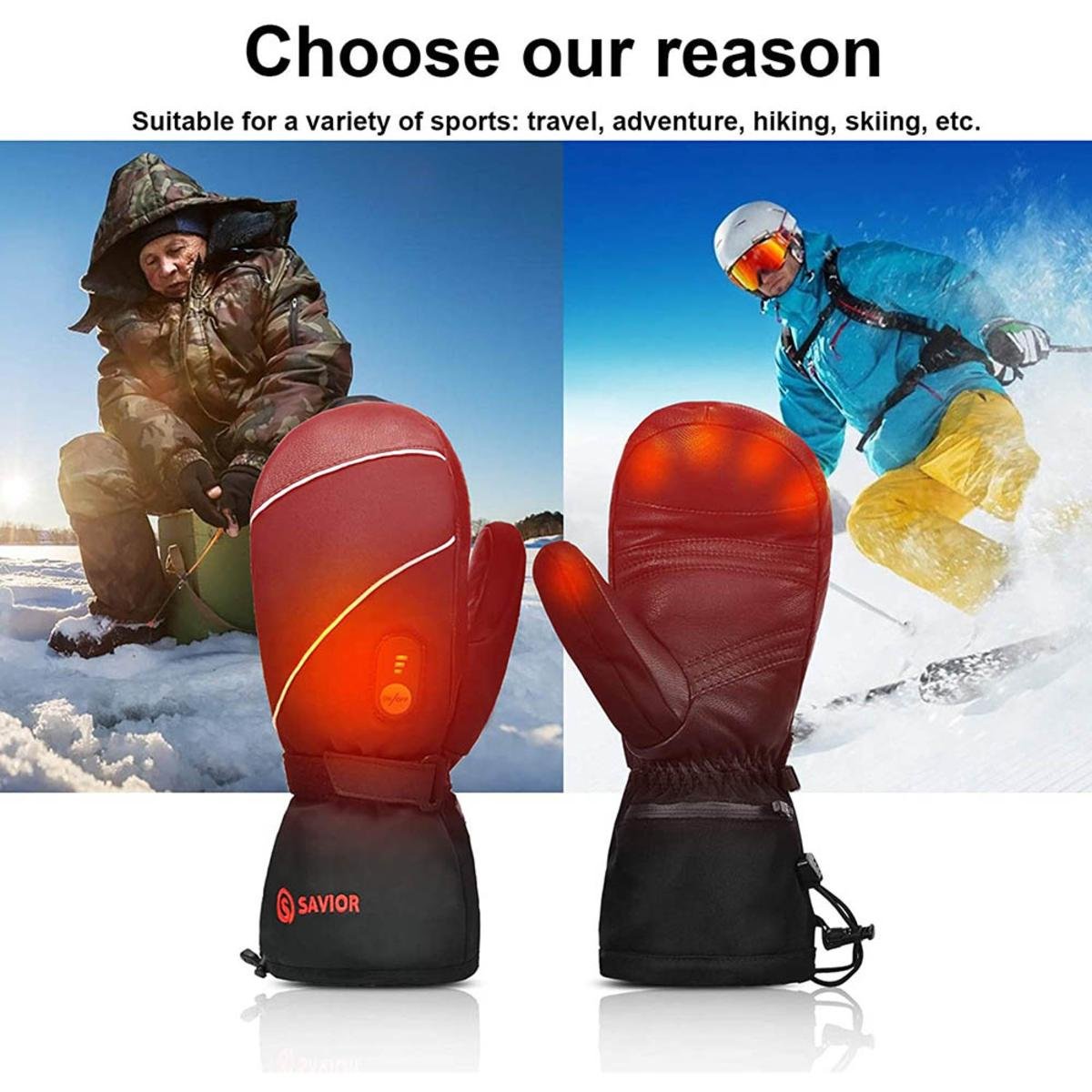How Heated Gear Revolutionizes Outdoor Adventures

How Heated Gear Revolutionizes Outdoor Adventures
Outdoor adventures test the limits of endurance, resilience, and adaptability, particularly in harsh, cold climates. Traditional winter clothing can only go so far to shield against freezing conditions, but heated gear is a technological leap forward, offering a blend of comfort, safety, and functionality. Below, we dive into the science, benefits, and transformative potential of heated apparel in outdoor exploration.
1. The Science Behind Heated Gear
Heated gear integrates advanced materials and portable heating technology to produce and regulate warmth.
- Heating Elements: Ultra-thin, flexible wires or carbon fiber heating panels are embedded into strategic areas (e.g., chest, back, hands).
- Power Source: Lightweight, rechargeable lithium-ion batteries deliver long-lasting heat with adjustable temperature settings.
- Heat Regulation: Thermostatic controls prevent overheating, ensuring consistent, comfortable warmth tailored to individual needs.
This combination allows adventurers to maintain optimal body temperature even in sub-zero environments, something traditional layering cannot achieve.
2. The Key Benefits of Heated Gear
a. Superior Comfort Without Bulk
Traditional layering often leads to bulky outfits that hinder mobility. Heated gear eliminates the need for excessive layers by providing direct warmth, allowing users to move freely while staying cozy.
b. Extended Outdoor Time
Adventurers often cut trips short due to the cold. Heated gear, with its targeted warmth, enables longer stays outdoors—be it during a multi-day hike, fishing expedition, or snowshoe trek.
c. Increased Safety in Extreme Conditions
Cold exposure is not just uncomfortable—it can be life-threatening. Heated clothing protects against frostbite and hypothermia, especially in remote locations where immediate medical attention is unavailable. This makes it indispensable for survivalists and extreme adventurers.
d. Performance Enhancement for Athletes
Heated gear aids muscle flexibility and blood circulation, reducing stiffness and cramps caused by cold. Winter athletes, from snowboarders to marathon runners, benefit from improved performance and reduced recovery times.
3. Applications Across Outdoor Activities
Heated gear is not just for professional adventurers. Its adaptability makes it ideal for various outdoor activities:
- Winter Hiking: Heated jackets and socks ensure warmth during long, strenuous treks.
- Camping in Cold Climates: Heated sleeping bags provide unmatched comfort in freezing overnight conditions.
- Winter Sports: Skiers and snowboarders rely on heated gloves and vests to maintain dexterity and core warmth.
- Fishing and Hunting: Stationary activities like ice fishing or hunting benefit from heated clothing, which keeps the body warm without constant movement.
- Motorcycling and Cycling: Heated gear enables riders to tackle cold weather without sacrificing grip or visibility due to shivering.
4. Features to Look for in High-Quality Heated Gear
Investing in the right heated apparel is crucial. Here’s what to consider:
- Battery Life: Look for long-lasting batteries with a minimum runtime of 6–8 hours at medium settings.
- Heat Zones: Opt for gear with multiple heating zones targeting critical areas like the chest, back, hands, and feet.
- Durability: Water-resistant and windproof fabrics ensure the gear performs well in snow, rain, or rugged conditions.
- Adjustability: Multi-level heat settings offer flexibility to adapt to changing weather conditions.
- Lightweight Design: Prioritize gear that combines warmth with ease of movement for maximum comfort.
5. The Eco-Friendly Edge of Heated Gear
As adventurers become more eco-conscious, heated apparel offers an environmentally friendly alternative to single-use warmers and fast-fashion winter clothing. Here’s why:
- Rechargeable Batteries: These reduce waste and eliminate reliance on disposable chemical warmers.
- Longevity: High-quality heated clothing is durable, reducing the need for frequent replacements.
- Energy Efficiency: Advanced heating technology minimizes energy consumption while maximizing warmth output.
6. Maintenance Tips for Heated Apparel
To extend the life of your heated gear, follow these expert maintenance tips:
- Battery Care: Always recharge batteries after use and avoid exposing them to extreme heat or moisture.
- Cleaning: Remove batteries before washing. Use mild detergent and follow the manufacturer’s instructions to avoid damaging heating elements.
- Storage: Store in a cool, dry place and ensure batteries are partially charged if storing for an extended period.
7. Real-Life Stories: Heated Gear in Action
- The Alpinist’s Lifesaver: A mountaineer shares how a heated vest prevented hypothermia during an unexpected snowstorm in the Alps.
- Winter Camper’s Dream: A group of campers recounts their experience sleeping in heated sleeping bags, making sub-zero nights comfortable for the first time.
- Ski Instructor’s Game-Changer: A ski instructor explains how heated gloves allowed them to teach uninterrupted, even in -20°C weather.
8. The Future of Heated Gear Technology
As technology advances, heated apparel is poised to become even more revolutionary:
- Smart Integration: Expect app-controlled heating settings and real-time temperature monitoring.
- Lightweight Batteries: Innovations will further reduce battery size while extending runtime.
- Sustainable Materials: More brands are adopting eco-friendly fabrics and production processes.
Conclusion
Heated gear is more than a convenience—it’s a transformative tool that empowers adventurers to explore with confidence, regardless of the weather. Whether you’re scaling mountains, hitting the slopes, or simply enjoying a winter stroll, heated apparel ensures you stay warm, safe, and focused on the experience.












